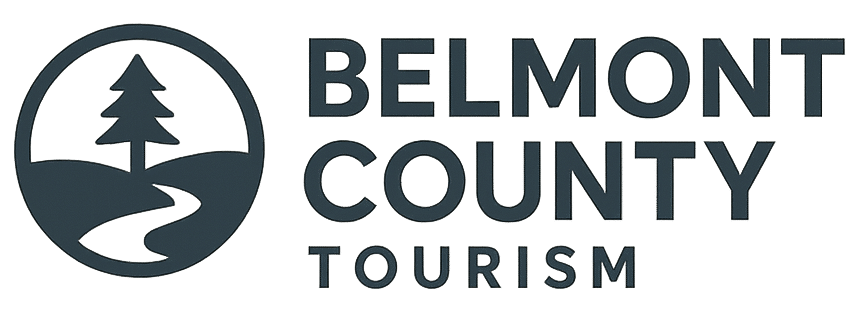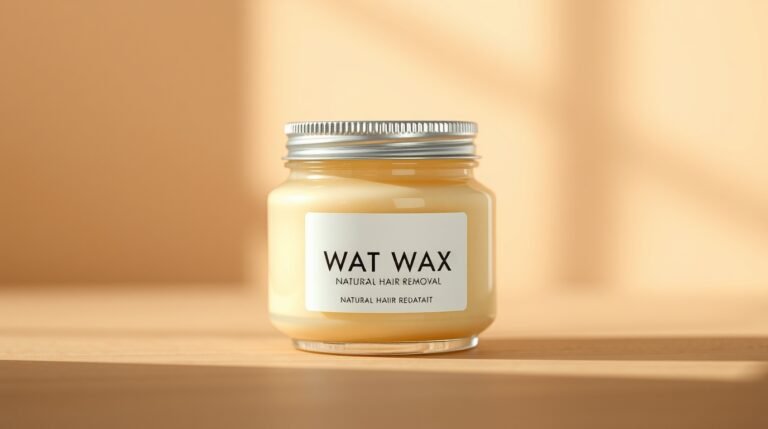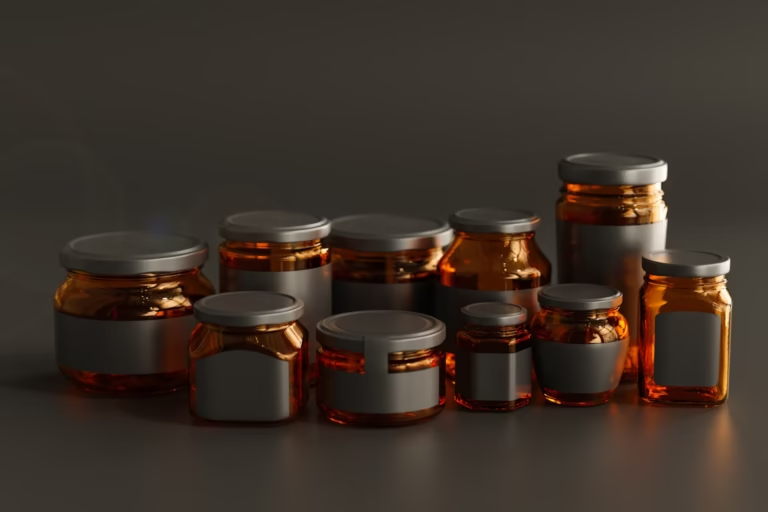Markiseteppe: A Complete Guide to Modern Outdoor Shading Solutions
A markiseteppe is a premium outdoor shading solution known for its durability, versatility, and energy saving performance. Commonly seen across Scandinavian and European architecture, it represents a blend of design, technology, and comfort. A markiseteppe combines sturdy fabrics, retractable mechanisms, and weather resistant frameworks to protect outdoor spaces from sunlight, heat, and rain. Used in both residential and commercial properties, this outdoor system provides reliable coverage for balconies, patios, and storefronts. Its combination of function and elegance has made it one of the most trusted options in modern outdoor living.
Definition and Structure
A markiseteppe can be defined as a retractable canopy system designed to provide shade and protection from UV rays and rainfall. It includes a weatherproof fabric, support frame, and operational mechanism. Depending on the installation, it may use manual cranks or motorized sensors for convenience.
High-quality models are typically built with powder-coated aluminum or stainless steel frames to prevent rust and corrosion. The fabric component often features acrylic, PVC coated polyester, or hybrid textiles, ensuring resilience against harsh environments.
Why Use a Markiseteppe?
Architects and energy experts recognize a markiseteppe as one of the most effective tools for improving outdoor comfort and efficiency. It performs several vital functions:
- Blocks direct sunlight and reduces glare.
- Lowers indoor temperatures by preventing heat absorption.
- Prevents UV damage to furniture and flooring.
- Improves energy efficiency by cutting cooling costs.
- Adds visual value to homes, cafés, and shops.
By combining shading and design, a markiseteppe transforms any exterior into a functional living or commercial zone.
See More: Café Mang: The Complete Guide to Manga Cafés, Culture, and Experience
Grey Nail Designs: The Ultimate Guide to Modern Elegance
Materials Used in Markiseteppe Systems
The materials determine the performance and longevity of the system. Below is a quick comparison of popular fabric types:
| Material Type | Key Features | Best Use Cases |
|---|---|---|
| Acrylic Fabric | UV-resistant, breathable, fade proof | Residential balconies, patios |
| PVC-Coated Polyester | Waterproof, durable, mildew resistant | Restaurants, hotels, and shopfronts |
| Polyester Blend | Lightweight, affordable, easy to clean | Smaller terraces or entryways |
| Canvas (Cotton Mix) | Natural appearance, limited water resistance | Heritage style designs |
Choosing the correct combination of fabric and frame ensures the shading system fits both the climate and intended use.
Styles and Customization Options
Design flexibility is a defining feature of any markiseteppe system. Manufacturers offer a variety of styles that complement different building types:
- Solid-colored shades for modern architecture.
- Striped patterns for traditional or coastal designs.
- Printed designs for creative outdoor spaces.
- Logo-branded models for commercial visibility.
Frames can be powder-coated in custom finishes such as black, silver, or white, allowing owners to match them with exterior décor.
Key Advantages
- Sun and Rain Protection: Prevents excessive heat and glare.
- Energy Savings: Lowers air conditioning use during summer.
- Aesthetic Appeal: Enhances the overall architecture.
- Durability: Withstands diverse weather conditions.
- Flexible Design: Available in manual or automated formats.
- Eco-Friendly: Reduces dependence on artificial cooling.
These features make the shading system a sustainable investment for long term comfort and energy efficiency.
Residential and Commercial Applications
Residential Use
In homes, this outdoor covering improves lifestyle comfort by creating shaded relaxation zones. Common residential applications include:
- Balcony and terrace shading.
- Poolside and garden coverage.
- Outdoor dining and lounge spaces.
Commercial Use
Businesses use this shading system to enhance customer experience and branding. Typical commercial applications include:
- Restaurant patios and coffee shop terraces.
- Retail store awnings and hotel entrances.
- Resort gardens or event seating areas.
In both settings, the awning system delivers comfort and a professional aesthetic.
Choosing the Right System
When selecting a markiseteppe, consider the following:
- Weather Conditions: Choose fabrics with UV and water resistance.
- Area Coverage: Measure accurately for full shade.
- Control Mechanism: Manual cranks or automatic sensors.
- Frame Finish: Rust-proof coatings for long life.
- Maintenance Plan: Fabric care and part inspections.
Consulting professionals ensures the product matches both functional and design requirements.
Maintenance Tips
Proper maintenance ensures long-lasting performance:
- Clean the fabric with mild soap and water.
- Avoid harsh chemicals that can damage coatings.
- Inspect and lubricate joints once per year.
- Retract the system during heavy wind or snow.
With regular upkeep, most shading installations can last 10–20 years.
Common Mistakes to Avoid
- Flat installation angles cause water pooling.
- Inadequate mounting weakens wind resistance.
- Poor fabric selection leads to fading or mold growth.
- Skipping maintenance shortens lifespan.
- Overuse of automation without calibration can wear motors.
Avoiding these issues helps maximize the value of your investment.
Pros and Cons Overview
| Advantages | Limitations |
| Excellent weather protection | Higher upfront cost |
| Energy-efficient performance | Periodic cleaning required |
| Enhances property aesthetics | Limited use during high winds |
| Long service life with proper care | Installation requires professionals |
When installed correctly, the advantages significantly outweigh the few drawbacks.
Advanced Features in Modern Models
Today’s shading systems incorporate cutting edge innovations such as:
- Solar-powered operation.
- Smart sensors for automatic adjustment.
- High-UPF rated fabrics for UV protection.
- Recyclable materials and eco friendly coatings.
These upgrades make modern designs both efficient and environmentally conscious.
Market Trends and Popular Brands
The European market for outdoor shade systems continues to expand. Companies such as Luxaflex, Sandatex, and Dickson have introduced sustainable fabrics with 99% UV protection. Scandinavian manufacturers focus on energy conservation, integrating smart sensors and weather automation.
Global demand for eco-conscious shading solutions shows steady growth as homeowners and businesses seek sustainable comfort.
FAQs
Q1: What is a markiseteppe used for?
It’s used for shading outdoor spaces such as patios, balconies, and storefronts.
Q2: How much does it cost to install?
Installation typically ranges from $500 to $2,500, depending on materials and features.
Q3: Can the fabric be replaced?
Yes. Most systems allow the fabric to be replaced without removing the frame.
Q4: How long does it last?
With proper care, a good system lasts 10 to 20 years.
Q5: Does it save energy?
Yes. It helps reduce air conditioning use by blocking direct sunlight.
Conclusion
A markiseteppe is more than just an exterior accessory it is a complete outdoor shading system that blends practicality, beauty, and innovation. From residential balconies to commercial terraces, it provides reliable comfort, protection, and energy savings. With the right material selection, installation, and care, this Scandinavian-inspired shading concept remains a long lasting solution for modern living.








